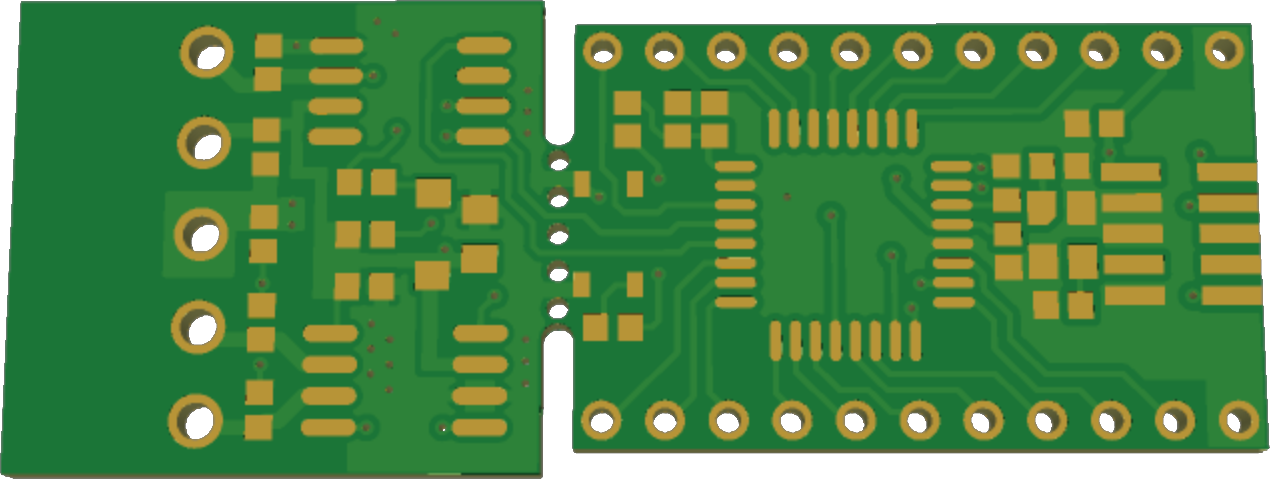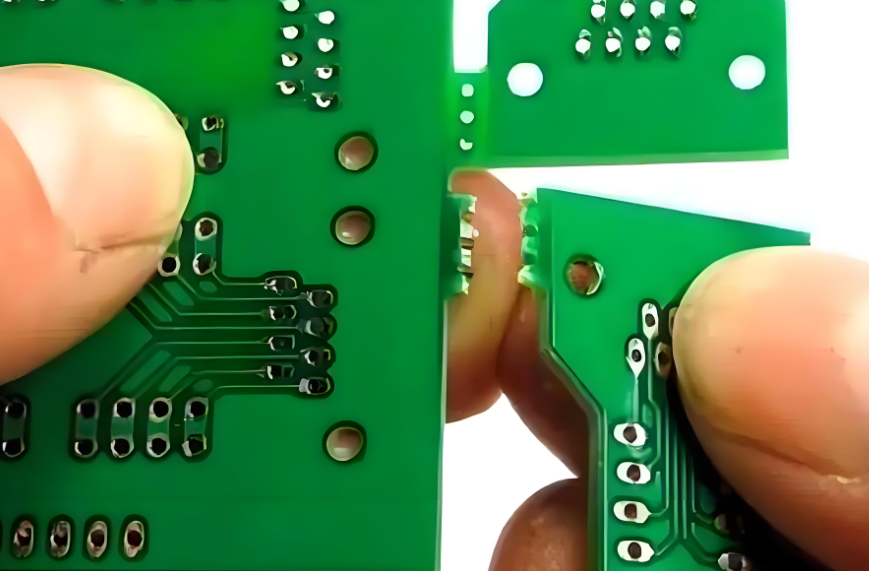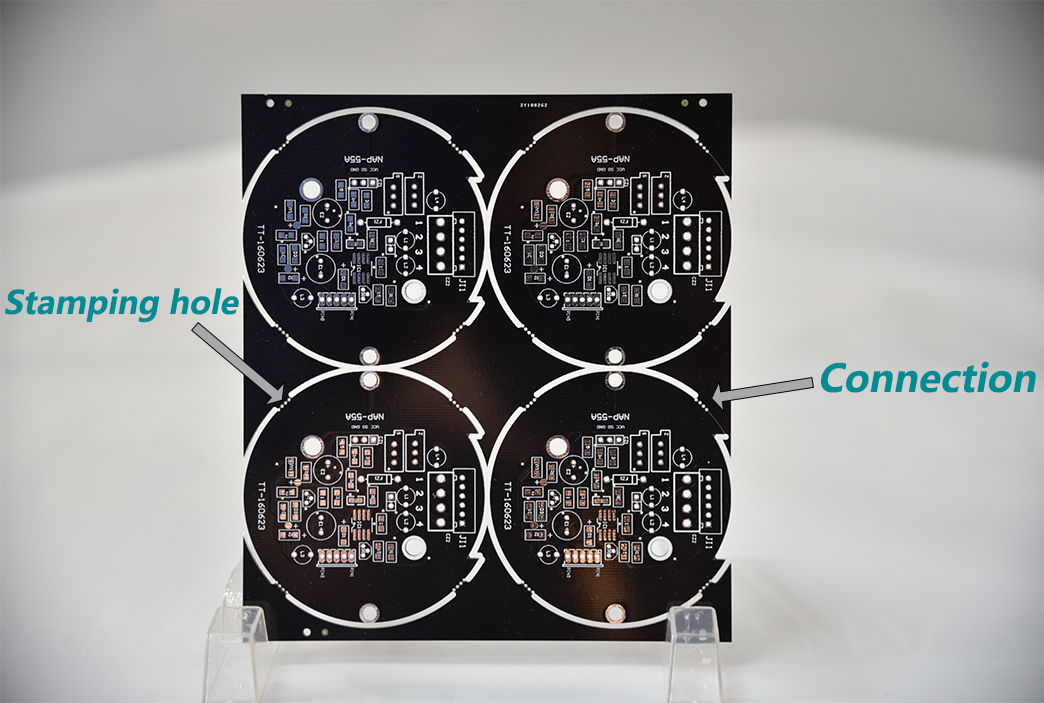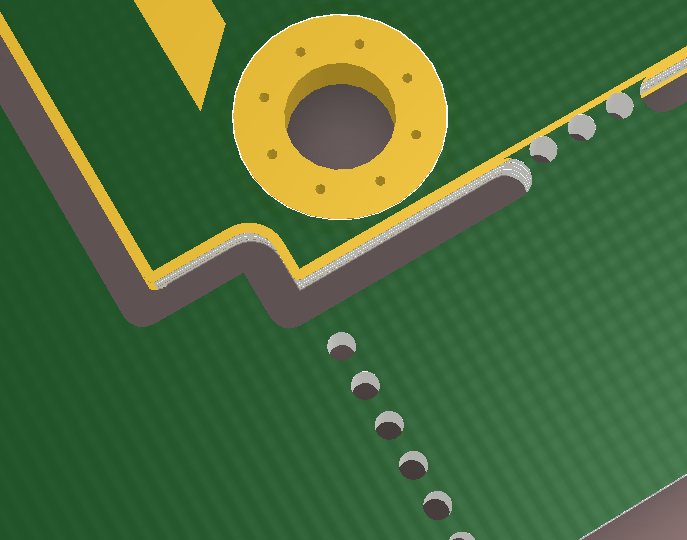In the world of PCB manufacturing, cutting costs without sacrificing quality is a top priority for engineers and businesses. One proven technique to achieve this is using mouse bites in panelization. But how exactly do mouse bites help with PCB cost reduction? Simply put, mouse bites are small perforations used to connect individual PCBs within a larger panel, allowing for efficient manufacturing and easy separation after assembly. This method optimizes production, reduces material waste, and lowers labor costs, leading to significant panelization savings.
In this detailed guide, we’ll dive deep into how mouse bites contribute to efficient manufacturing, explore their role in optimizing PCB production, and provide a thorough mouse bites cost analysis. Whether you’re a seasoned engineer or a startup looking to streamline your production process, this post will equip you with actionable insights to save money while maintaining high-quality output.
What Are Mouse Bites in PCB Manufacturing?
Mouse bites are small, pre-drilled holes or perforations placed along the edges of individual PCBs within a panel. These perforations create a weak connection between boards, making it easy to snap them apart after the assembly process is complete. Think of them as the perforated lines on a sheet of stamps—strong enough to hold during manufacturing but weak enough to break apart without damaging the boards.
The primary purpose of mouse bites is to enable panelization, a process where multiple PCBs are arranged on a single larger panel for manufacturing. This approach maximizes the use of materials and machinery, directly contributing to custom PCB cost reduction. Mouse bites are often used alongside other panelization techniques like V-cuts or tab routing, but they stand out for their simplicity and cost-effectiveness, especially in high-volume production runs.

Why Panelization Matters for Efficient Manufacturing
Before we dive deeper into mouse bites, let’s understand why PCB panelization is a cornerstone of efficient manufacturing. When you design a single PCB, manufacturing it individually can be time-consuming and expensive. Each board requires separate handling, setup, and processing, which drives up labor and machine costs. Panelization solves this by grouping multiple boards—often dozens or hundreds—onto a single panel.
This grouping offers several benefits:
- Reduced Machine Setup Time: Processing one panel with 50 boards takes far less time than processing 50 individual boards.
- Material Optimization: Panels make better use of raw materials like copper-clad laminates, minimizing waste.
- Streamlined Assembly: Automated assembly lines can place components on multiple boards at once, speeding up production.
Panelization savings become even more significant when paired with techniques like mouse bites, which ensure boards can be separated without additional tools or complex processes. By optimizing PCB production through panelization, manufacturers can achieve economies of scale, especially for large orders.
Suggested Reading: Mouse Bites Panelization for SMT Assembly
How Mouse Bites Contribute to PCB Cost Reduction
Mouse bites are a game-changer when it comes to cutting costs in PCB manufacturing. Let’s break down how they help save money through a detailed mouse bites cost analysis:
1. Lower Material Waste
By arranging multiple PCBs on a single panel, manufacturers can maximize the use of raw materials. Mouse bites allow for tight spacing between boards without risking damage during separation. For example, a standard 18x24-inch panel might hold 100 small PCBs with minimal unused space, reducing material costs by up to 20% compared to individual fabrication.
2. Reduced Labor Costs
Separating boards connected by mouse bites requires no specialized tools or machinery. Workers can simply snap the boards apart by hand, which cuts down on labor time. In contrast, other methods like tab routing may require manual cutting or additional equipment, increasing costs. For a batch of 10,000 boards, this could translate to savings of several hundred dollars in labor alone.
3. Faster Production Cycles
Mouse bites enable seamless integration into automated assembly lines. Since panels with mouse bites hold together firmly during soldering and testing, there’s no need for extra handling of individual boards. This can shave hours or even days off production timelines, especially for high-volume runs, contributing to efficient manufacturing.
4. Minimal Risk of Damage
Unlike V-cuts, which can sometimes cause stress cracks, or tab routing, which may leave rough edges, mouse bites are designed to break cleanly. This reduces the risk of damaging delicate components or traces during depanelization, saving money on rework or scrapped boards. For instance, a damaged board in a batch could cost $5 to $10 to replace, and avoiding such losses adds up quickly.

Suggested Reading: Cost-Effective PCB Manufacturing: How Mouse Bites Can Save You Money
Comparing Mouse Bites to Other Panelization Methods
To fully appreciate the panelization savings offered by mouse bites, it’s helpful to compare them to other common methods like V-cuts and tab routing. Each technique has its place, but mouse bites often emerge as the most cost-effective for many applications.
- V-Cuts: These are shallow grooves cut into the panel to allow for separation. While V-cuts are inexpensive, they can only be used for straight edges and may cause stress fractures in thinner boards (e.g., below 1.6mm thickness). Mouse bites, on the other hand, work well for irregular shapes and are less likely to cause damage.
- Tab Routing: This method uses small tabs to hold boards together, which are later cut away with a router. While tab routing offers precision, it’s more expensive due to the need for specialized tools and additional processing time. Mouse bites eliminate these extra steps, saving both time and money.
For a typical small-to-medium batch of PCBs (e.g., 500 units), using mouse bites could reduce depanelization costs by 15-30% compared to tab routing, making them a preferred choice for optimizing PCB production.
Design Considerations for Using Mouse Bites
While mouse bites are a powerful tool for PCB cost reduction, they require careful design to ensure effectiveness. Here are some key tips to keep in mind when incorporating mouse bites into your panel layout:
1. Placement of Mouse Bites
Position mouse bites away from sensitive components or traces to avoid stress during separation. Typically, placing 3-5 mouse bites along each edge of a board provides a good balance of stability and ease of separation. For a 2x2-inch board, spacing mouse bites every 0.5 inches works well.
2. Hole Size and Spacing
The diameter of mouse bite holes usually ranges from 0.5mm to 1mm, with a spacing of 0.2mm to 0.3mm between holes. This creates a weak enough connection to snap apart but strong enough to hold during assembly. Check with your manufacturing partner to confirm their specific capabilities for hole drilling precision.
3. Board Thickness
Mouse bites work best with standard board thicknesses of 1.6mm to 2.0mm. Thinner boards (e.g., 0.8mm) may require fewer or smaller mouse bites to prevent accidental breaking during handling, while thicker boards might need larger holes for easier separation.

Applications of Mouse Bites in Cost-Effective Manufacturing
Mouse bites are versatile and can be used across various industries and project sizes to achieve panelization savings. Here are some common applications:
- Consumer Electronics: For high-volume products like USB dongles or small IoT devices, mouse bites enable rapid production and separation of hundreds of units per panel, cutting costs significantly.
- Prototyping: Even for small runs, panelizing prototypes with mouse bites can reduce setup fees and material costs, making it easier to test multiple designs at once.
- Automotive and Industrial: Larger boards used in control systems can benefit from mouse bites when produced in batches, ensuring consistent quality while keeping costs low.
For example, a company producing 10,000 small sensor boards for an industrial application could save upwards of $2,000 by panelizing with mouse bites instead of individual fabrication, assuming a per-board savings of just $0.20.
Potential Challenges and How to Overcome Them
While mouse bites are highly effective for optimizing PCB production, they’re not without challenges. Understanding these potential issues can help you plan better and avoid costly mistakes:
- Edge Roughness: After separation, mouse bites may leave small rough spots on board edges. If aesthetics or precise fitting is critical, consider a quick sanding step or design mouse bites on non-critical edges.
- Breakage During Assembly: If mouse bites are too weak, boards might snap apart prematurely. Test your design with a small batch to ensure the number and size of mouse bites are appropriate for your panel’s handling requirements.
- Compatibility Issues: Not all manufacturers support mouse bites, especially for very small or complex designs. Confirm with your fabrication partner early in the design phase to avoid delays.
By addressing these challenges upfront, you can ensure that mouse bites deliver the maximum cost savings without compromising quality.
Partnering with the Right Manufacturer for Mouse Bites Savings
To fully leverage the benefits of mouse bites for PCB cost reduction, it’s crucial to work with a manufacturing partner that understands panelization and supports this technique. Look for a provider with:
- Experience in high-volume panelization with mouse bites.
- Advanced drilling and routing capabilities for precise mouse bite implementation.
- Clear design guidelines to help you optimize your panel layout for efficient manufacturing.
At ALLPCB, we specialize in helping our clients achieve panelization savings through tailored solutions like mouse bites. Our expertise in optimizing PCB production ensures that you get the most value out of every panel, no matter the size or complexity of your project.
Conclusion: Start Saving with Mouse Bites Today
Mouse bites are a simple yet powerful tool for achieving cost-effective PCB manufacturing. By enabling efficient panelization, they help reduce material waste, lower labor costs, and speed up production cycles—all while maintaining the quality of your boards. Whether you’re working on a small prototype run or a large-scale production order, incorporating mouse bites into your design can lead to substantial PCB cost reduction.
Through careful design and collaboration with a skilled manufacturing partner, you can unlock the full potential of mouse bites for panelization savings. Start exploring this technique in your next project to optimize PCB production and keep your budget in check. With the right approach, mouse bites can be the key to balancing cost and quality in your PCB manufacturing journey.

 ALLPCB
ALLPCB







